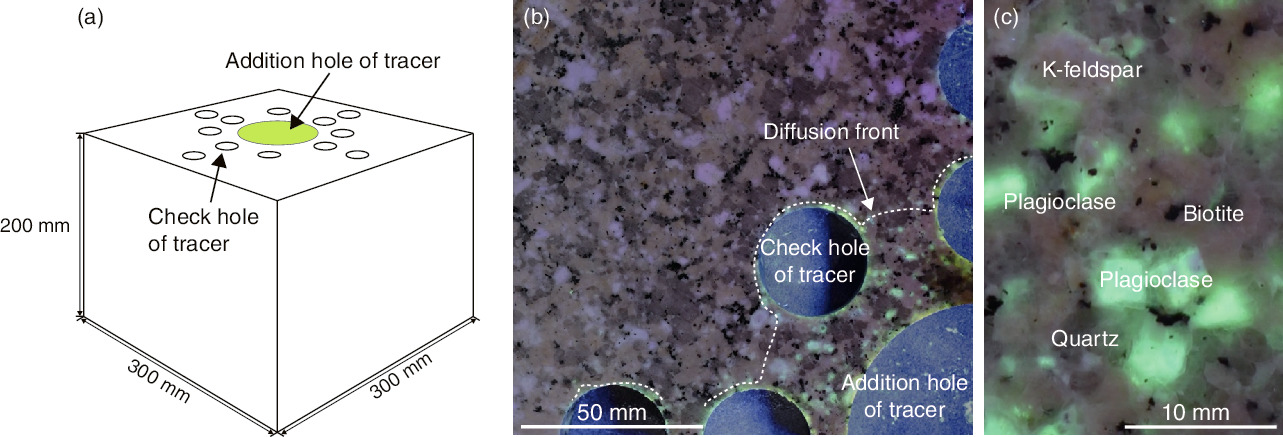
Fig.8-11 Mode of occurrences of micropores in granitic rock

Fig.8-12 Result of a diffusion test using a rock-block scale
Dissolved matter in groundwater is transported through fractures in crystalline granite rocks and is largely retarded by diffusion into the micropores of the rock matrix, a process known as matrix diffusion. An important aspect of understanding matrix diffusion is the distribution and connectivity of the micropores, which act as diffusion pathways. Matrix diffusion and high retardation factors are advanced in granitic rocks that have been altered by weathering and hydrothermal circulation, causing increased distribution and connectivity of the micropores. Despite their prominence, however, few matrix-diffusion studies have investigated unaltered granitic rocks. A method based on fluorescence microscopy has therefore been developed to visualize and characterize micropores in crystals (Fig.8-11) and matrix diffusion through a rock-block scale diffusion test using unaltered samples of Toki granite from JAEA’s Mizunami URL (Fig.8-12).
To identify the distribution of micropores using fluorescence microscopy, a fragment of rock ground to a thickness of approximately 0.03 mm was attached to glasses with bonds including fluorescent agents. As a result, microcracks were observed in quartz (Fig.8-11(a)) and intracrystalline micropores were observed in plagioclases and the cleavage planes of biotite (Fig.8-11(b)). In addition, the proportions of micropore in plagioclase demonstrated a higher value than other crystals. The formation of micropores in plagioclase is caused by the reaction of plagioclase with fluids in the final stages of granitic-rock cooling, a process known as deuteric alteration, which is widespread in Japanese granites. In the rock-block-scale diffusion test, tracer materials were mainly observed in plagioclases (Fig.8-12(c)); therefore, the intracrystalline micropores in plagioclase act as the dominant matrix-diffusion pathways.
The micropores in plagioclase, caused by deuteric alteration, acted as the dominant matrix-diffusion pathways in Toki granite. This mechanism of matrix diffusion will be further tested and may prove to be of general applicability given the widespread occurrence of deuteric alteration of plagioclase in the granitic rocks of Japan.